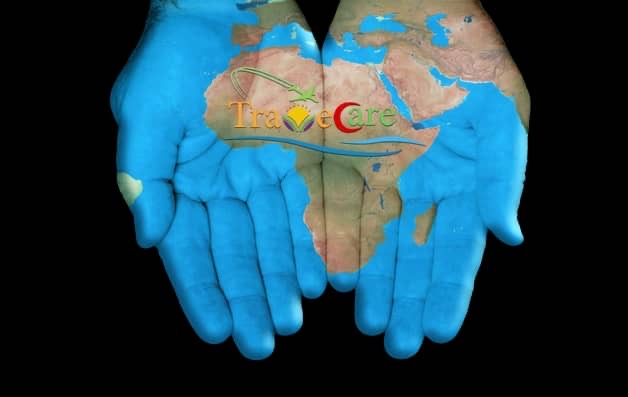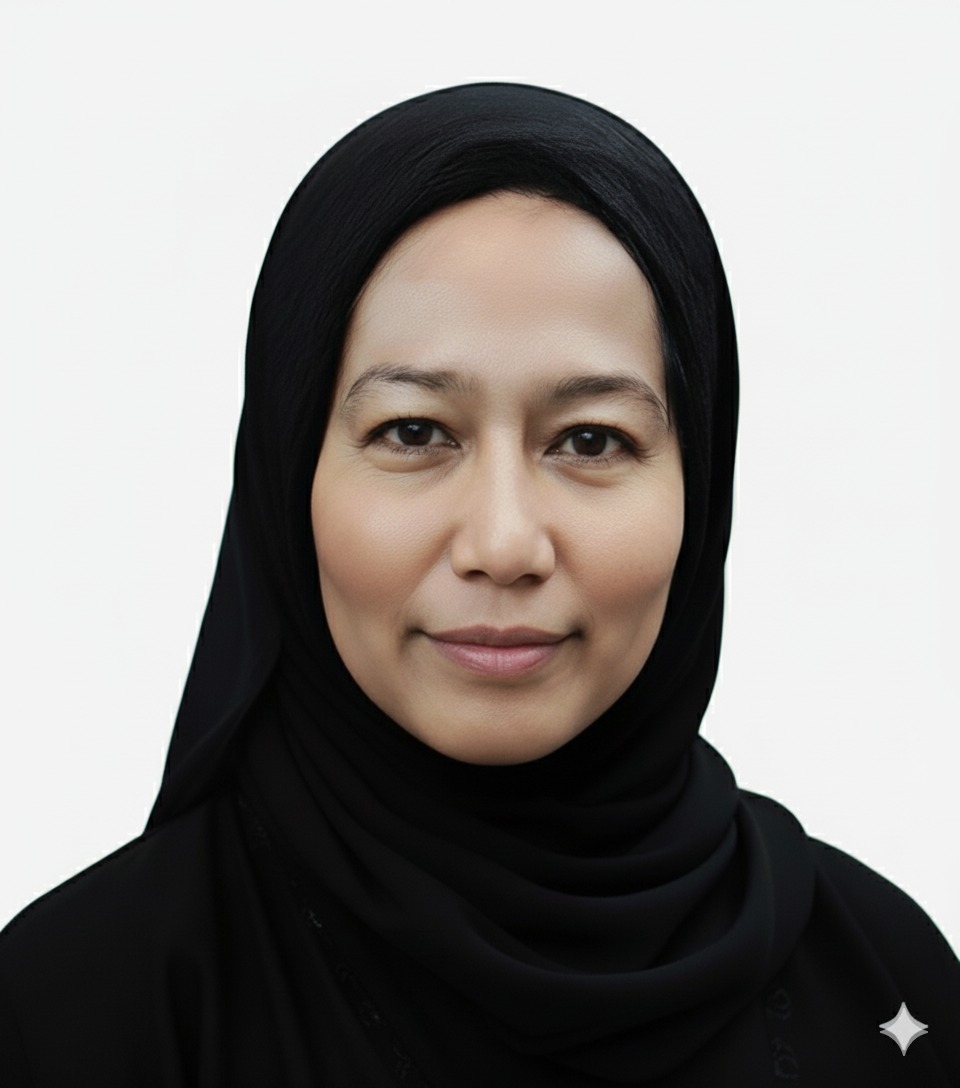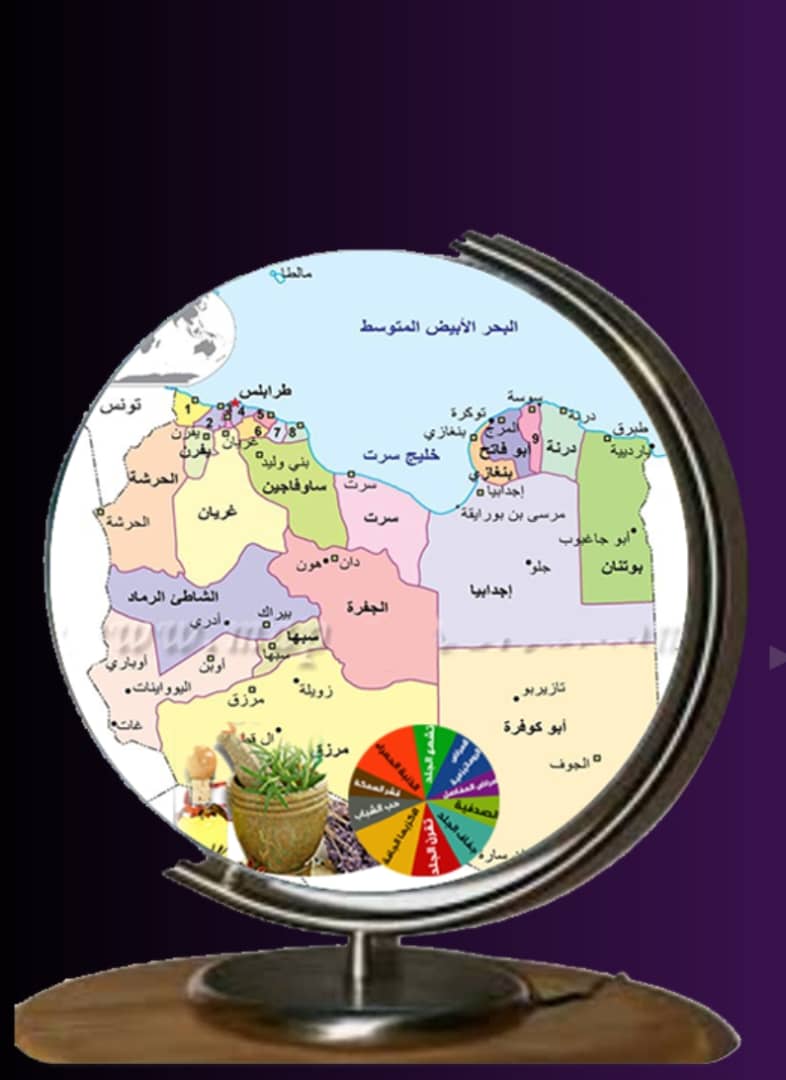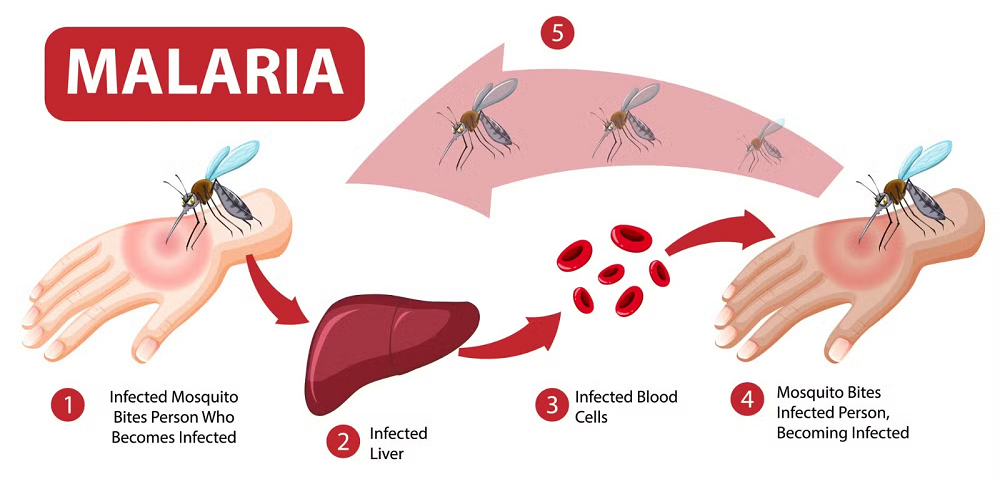So They Do Not Remain in Isolation: The Suffering of Dwarfs Around the World
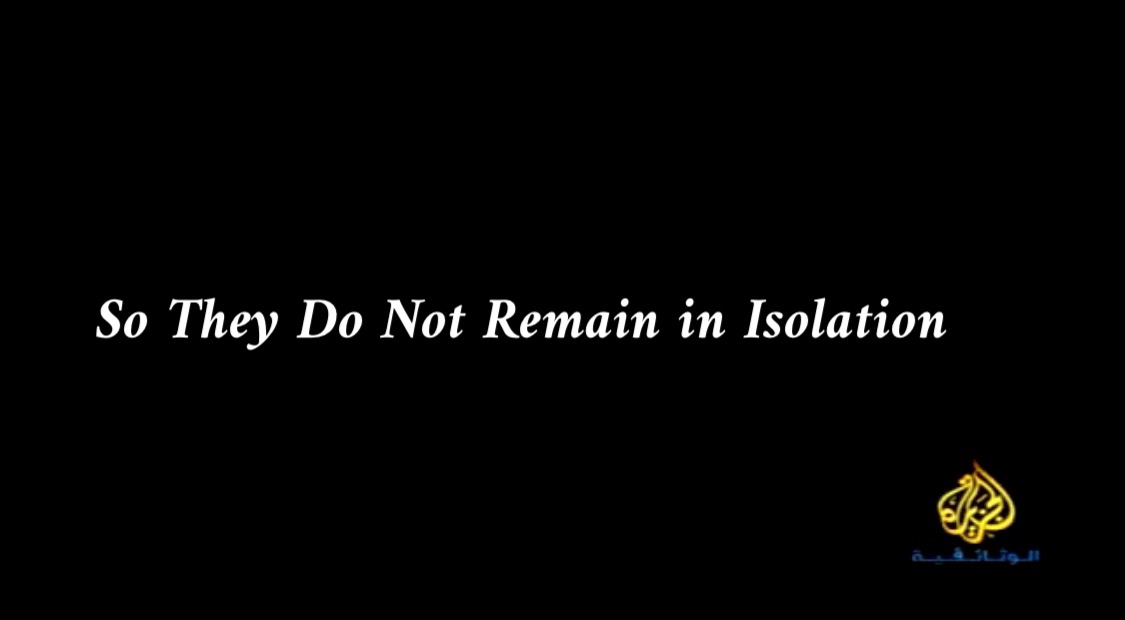
Dwarfs – or what medical classifications describe as people of short stature – represent a human group present in all societies. Yet, they continue to face multiple forms of suffering on a daily basis: some physical, related to their biological condition, and others social and psychological, resulting from stereotypes and discrimination that still haunt them.
I had the honor of knowing them closely after writing the idea for a film in which we documented their daily struggles as well as highlighted the talents and capabilities of many among them – whether in art, poetry, or certain professions. Through this work, we showcased both their hardships and their successes. The documentary, titled “So They Do Not Remain in Isolation,” was filmed in several countries including Egypt, Syria, Jordan, and Sudan, and continues to be broadcast by Al Jazeera Documentary Channel.
Here are some aspects of their suffering:
1. Health and Medical Challenges
• Most cases of dwarfism stem from genetic disorders or dysfunctions in the pituitary gland, which make them more prone to joint problems, back pain, and breathing or sleep disorders.
• They often struggle to access specialized medical care, as many hospitals lack equipment and facilities adapted to their needs.
• The high costs of treatment and corrective surgeries – such as orthopedic procedures – add to their burden, even though these interventions could improve mobility or reduce pain.
2. Educational Challenges
• In many educational environments, classrooms and furniture are not adapted to their stature, creating obstacles to learning.
• Constant bullying from classmates often drives children with short stature into isolation and a loss of self-confidence.
3. Discrimination in the Job Market
• Many face difficulties securing fair job opportunities due to stereotypes that consider dwarfism a defect or weakness.
• In some cases, they are exploited in entertainment shows or circuses, reinforcing the negative idea that they exist only as objects of humor or spectacle.
• Workplace infrastructure – such as desks, machines, and tools – is usually designed without consideration for their physical needs.
4. Social Stigma
• Even in advanced societies, dwarfs are still subjected to jokes and derogatory descriptions, leaving deep psychological scars.
• In some traditional cultures, dwarfism was historically seen as a “curse” or “defect,” a stigma that still shapes attitudes today.
• Building romantic or family relationships can be difficult due to discrimination or rejection from families unwilling to accept marriage with a person of short stature.
5. Daily Life Struggles
• Public transportation often lacks suitable seating and is difficult to use.
• They face problems reaching shelves and tools at home or in stores.
• Urban infrastructure rarely takes their needs into account, including traffic lights or public facilities.
6. Psychological Aspects
• The constant sense of being different fosters feelings of social isolation.
• Rates of depression and anxiety are higher due to bullying and discrimination.
• They often feel compelled to prove themselves more than others, in order to gain recognition for their abilities.
7. Dwarfs in Ancient Egypt: Respect and Symbolism
Unlike the marginalization they endure today, hieroglyphs and wall carvings from ancient Egypt reveal that dwarfs enjoyed respect and inclusion. They held prestigious roles, with some serving in royal palaces as trusted attendants or as keepers of jewelry and ornaments, thanks to their reputation for honesty and precision.
They were also associated with important religious and artistic symbolism. Small statues representing dwarfs have been found, showing that they were not treated as “mere physical anomalies” but as natural members of society with respected roles. Some archaeological evidence suggests dwarfs took part in sacred rituals and religious festivals.
This heritage proves that social acceptance and inclusion are not new concepts but values humanity has known for thousands of years. The marginalization of dwarfs today is more a reflection of modern ignorance and society’s failure to embrace human diversity.
Efforts Toward Empowerment
• The establishment of rights-based organizations across the world, such as the Little People of America, and the Egyptian Association for the Care of Dwarfs, which I had the honor of co-founding with a group of remarkable short-statured friends of great determination.
• Media campaigns designed to correct stereotypes and highlight their achievements in sports, arts, and academics.
• Legislative progress in some countries ensuring equal opportunities and banning discrimination in education and employment.
• The emergence of inspiring figures among dwarfs who have achieved global success, raising public awareness about their rights.
The suffering of dwarfs around the world is not merely a biological destiny, but the outcome of stereotypes, weak public awareness, and insufficient legislation in some countries. People of short stature are fully human, with dreams and abilities no less than anyone else’s. What they truly need is a society that is more accepting, an environment that is more just, and a perspective that is more fair.
Documentary Link:
https://youtu.be/RKFN37WJ1Xc?si=i3snCy1X7jRSnYb-


